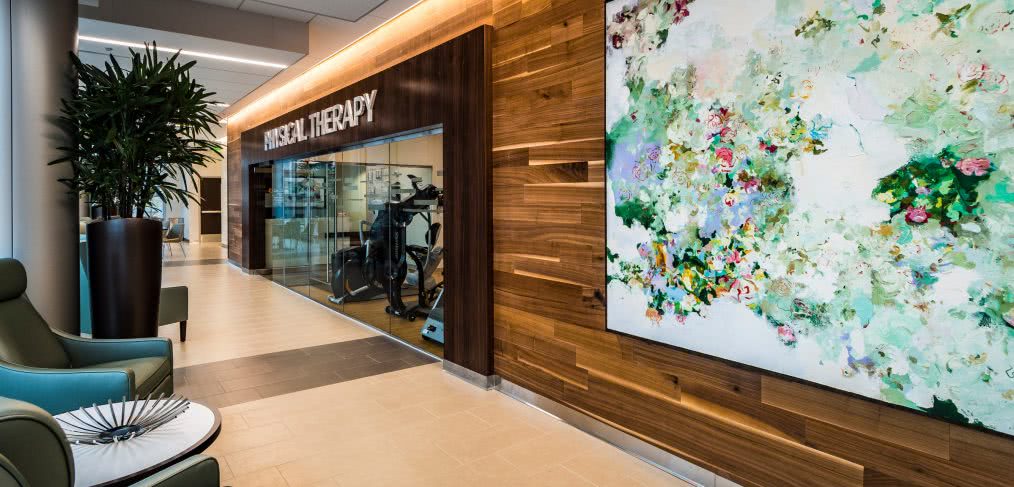
Face the Facts: Evidence-Based Design in Healthcare
Angela Crum explores the ways in which research can influence and drive our design process.
Every day we make decisions based on hard evidence. From what foods to eat that will help us lose weight to which medicines to take and beyond, we rely on facts and research to determine our course of action. So, why should it be any different in design?
Our environment has an incredible impact on our health, mood and lifestyle—and research supports this. What we, as designers, need to do is utilize the information and data from the myriad of available research to inform our design process. This concept is referred to as Evidence-Based Design (EBD).
Unlike building certification programs such as LEED, EBD is not simply a checklist of requirements that a design team can easily incorporate into a project. EBD is so much more. It requires that each decision in the design process, from the early planning stages to the FF&E selections, are made and influenced by research, evidence and proven outcomes—not opinion.
By removing some of the subjective nature of interior design, clients can better understand the reasoning behind certain design decisions, resulting in clearer communication and a faster approval process.
The ultimate goal of EBD in a healthcare setting is to achieve the best possible patient, staff and operational outcome. During the planning process, designers evaluate elements like patient/staff safety, efficiency and patient flow—all using cold, hard evidence. This research informs the physical shape of spaces. Using psychological and medical research, the team can also create environments that positively affect the healing process using lighting, noise control, materials, color and art.
EBD studies have revealed some of the baseline information that we use to design. For instance, one post-occupancy evaluation on healing gardens in a pediatric cancer center found that patients inside healing gardens had lower distress scores for anxiety, sadness, anger, worry, fatigue and pain than patients inside the hospital. Another study, done by Roger S. Ulrich, famously proved that patients recovering from surgeries who had views to trees had a shorter recovery stay than those with views to walls.
So, where do interior designers find this information?
Much of the EBD information for healthcare interior design comes from post-occupancy studies or Hospital Consumer Assessment of Healthcare Providers and Systems (HCAHPS) surveys. HCAHPS surveys focus on the patient’s perspective on their hospital care, and they address many of the controllable variables that impact the patient’s experience and healing process.
Another informational fount is The Center for Health Design’s “Pebble Project.” In this initiative, health organizations, from facilities to product manufacturers, commit to apply an EBD process and then document and share their results in order to establish benchmarks and case studies with the goal of improving the quality of healthcare.

Excellent article. Thank you for sharing !